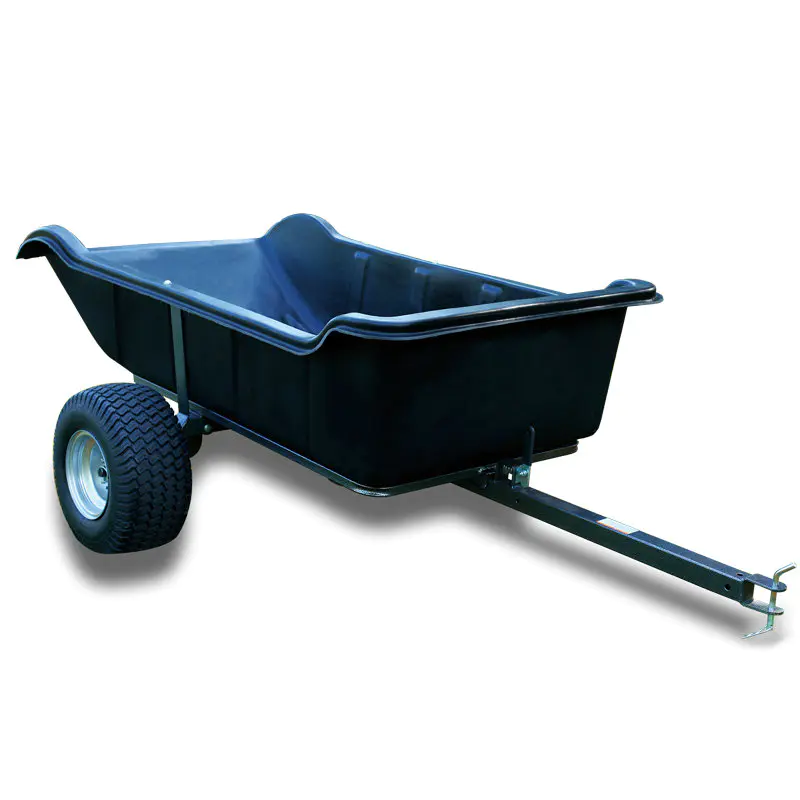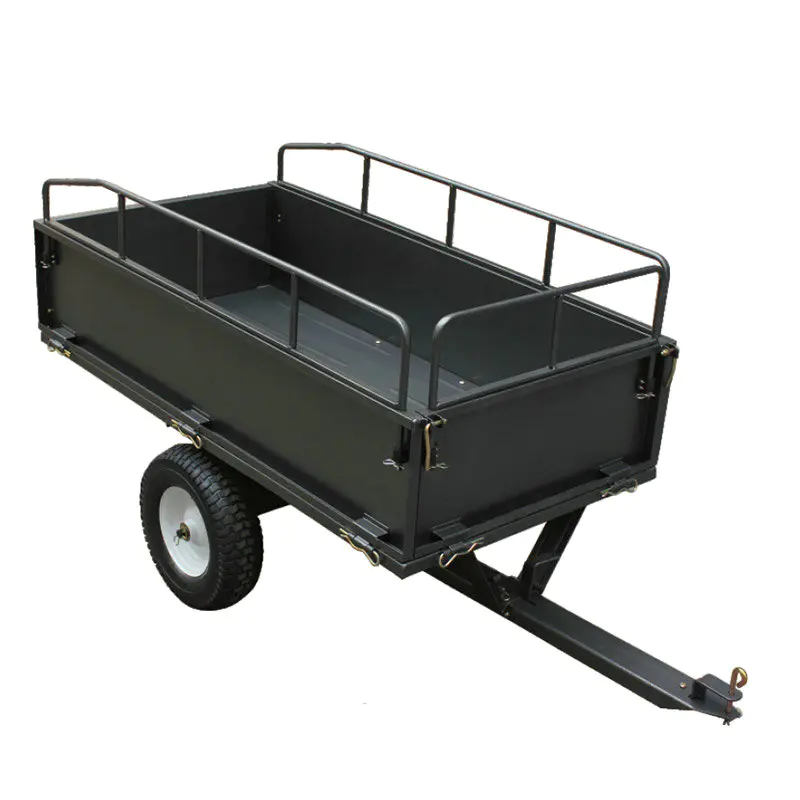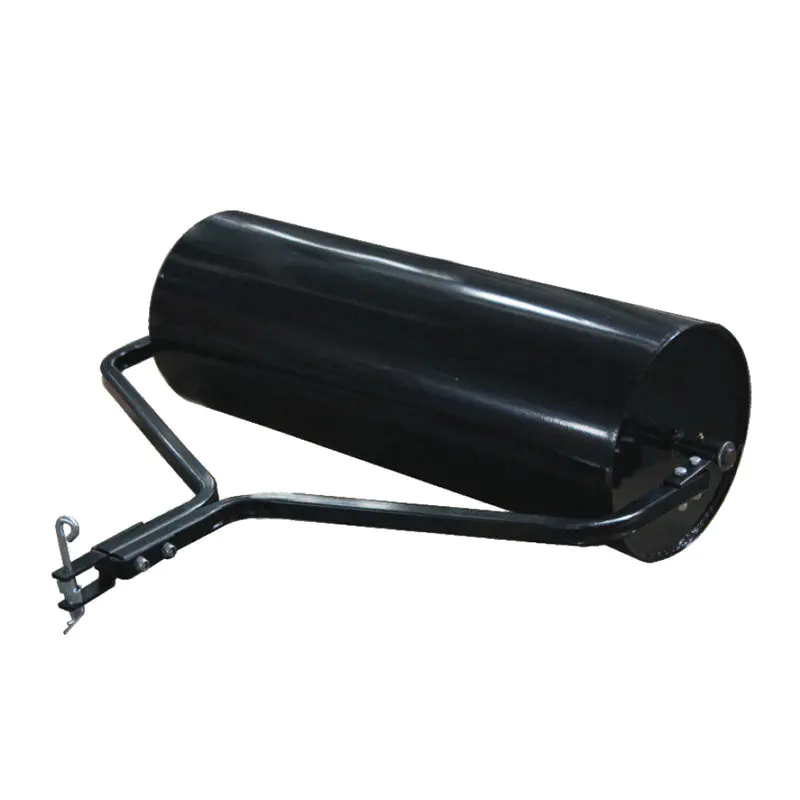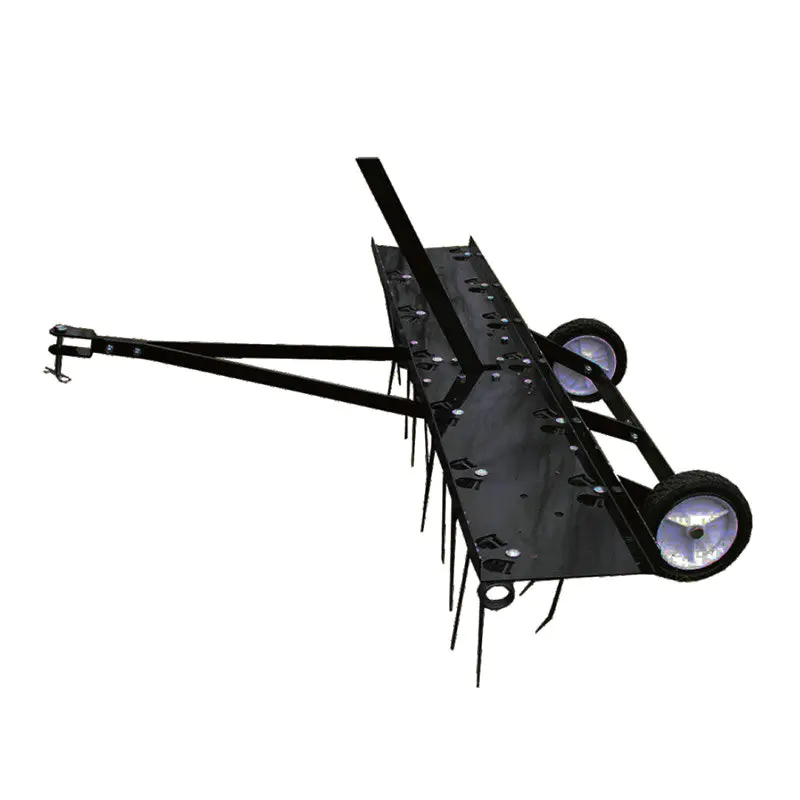In the field of garden machinery, safety performance is the primary consideration for users when choosing equipment. The chipper shredder has built a comprehensive safety guarantee system through the dual systems of mechanical protection and intelligent monitoring. In terms of mechanical protection, the equipment uses high-strength steel to weld the blade disc, and the connecting bolts between the blade and the fixed blade are precisely calculated to ensure that they will not loosen due to vibration during high-speed operation. At the same time, the feed port is designed with an intelligent sensing device. When unexpected materials (such as metal and stones) are detected to enter, the system will immediately stop the rotation of the blade disc to avoid equipment damage or personal injury.
The intelligent monitoring system improves safety through real-time data feedback. The IoT module equipped with the equipment can monitor key parameters such as the blade disc speed and motor temperature. Once the safety threshold is exceeded, the system will automatically trigger an alarm and cut off the power supply. This active protection mechanism significantly reduces the risk of accidents compared to traditional passive safety designs. In addition, the operation panel is equipped with an emergency stop button, and the user can cut off the power within 0.5 seconds to ensure a quick response in emergencies.
The core advantage of this shredder lies in its high-efficiency shredding system, which achieves rapid processing of 3-inch branches and 1/2-inch thick garbage through the coordinated optimization of the cutter disc design, power matching and feed control. The cutter disc adopts double spiral blades. This design not only increases the cutting area, but also generates shear force through the interaction between the blades, so that the material is subjected to multi-directional forces during the shredding process, thereby improving the crushing efficiency. The blade material is made of high-chromium alloy steel. After heat treatment, its hardness reaches HRC58-62, ensuring that it remains sharp during long-term high-load operation.
In terms of the power system, the equipment is equipped with a high-power electric motor, and the speed is reduced to the working range required by the cutter disc through a precision reducer. This design not only ensures sufficient torque of the cutter disc, but also avoids noise and energy consumption problems caused by excessive speed. The feeding system adopts an automatic feeding mechanism. After the material enters the feed port through a conveyor belt or manual delivery, it will be evenly fed into the cutter disc area. This design effectively avoids the phenomenon of stuffiness caused by material accumulation in the traditional manual feeding method, so that the equipment can operate continuously and stably.
In actual operation, the shredder exhibits the characteristics of high throughput and low failure rate. Taking a 3-inch diameter branch as an example, the equipment can complete the shredding of a single branch within 10 seconds. The processed wood chips are uniform in particle size and can be directly used as mulch or compost raw materials. For garbage with a thickness of 1/2 inch (such as dead branches and vines), the shear force of the knife disc can easily break it, avoiding the jamming problem of traditional equipment when processing hard materials.
With the increasing popularity of environmental protection concepts, the environmental benefits of this shredder have become one of its core competitiveness. By converting yard waste into usable resources, the equipment achieves the dual goals of waste reduction and resource recycling. The chopped wood chips can be directly used to cover tree holes, flower beds or lawns. Its moisture retention and heat preservation properties can reduce plant water evaporation and promote root growth. At the same time, after the organic matter in the wood chips decomposes in the soil, it can improve soil fertility and reduce the use of chemical fertilizers.
From the perspective of carbon emissions, this equipment has significant advantages over traditional treatment methods. Taking the transportation link as an example, the unchopped branches are large in volume and low in density, and the transportation efficiency is low. The volume of chopped wood chips is reduced to 1/10 of the original volume, and the single transportation volume is greatly increased, reducing the number of round trips and fuel consumption of vehicles. In addition, as a biomass fuel, wood chips produce much lower carbon dioxide emissions than fossil fuels in the process of power generation or heating, which is in line with the carbon neutrality goal.
The low-noise design of the equipment also reflects environmentally friendly considerations. By optimizing the blade structure and motor shock absorption system, the noise level of the equipment during operation is controlled below 85 decibels, which is far lower than the industry standard. This feature enables it to be widely used in noise-sensitive scenes such as residential areas and schools, avoiding the nuisance caused by traditional crushers during operation.
The technical advantages of the shredder are not only reflected in the core performance, but also in the modular design to improve the scene adaptation ability. The equipment can be equipped with a mobile chassis according to user needs, so that it can flexibly shuttle between different scenes such as courtyards, gardens, and parks. For users with limited space, portable models can be selected, and their weight and volume are optimized for single-person operation and handling. In addition, the equipment supports the adjustment of the discharge direction. Users can spray wood chips directly into the transport vehicle or designated area according to actual needs, further improving the operation efficiency.
In terms of maintenance, the modular design also brings convenience. Key components such as the cutter head and motor adopt a quick-disassembly structure, and users can complete the replacement without professional tools. Equipment manufacturers also provide remote diagnosis services. Through the operation data collected by the IoT module, engineers can predict potential faults in advance and complete the maintenance by guiding users online, which greatly shortens the equipment downtime.

 see more
see more
 see more
see more
 see more
see more
 see more
see more


